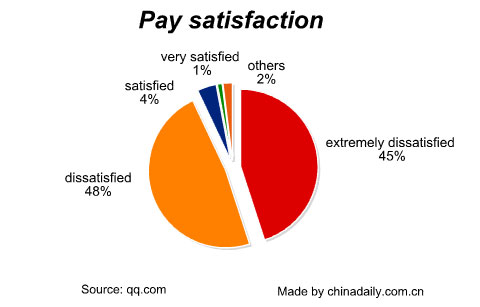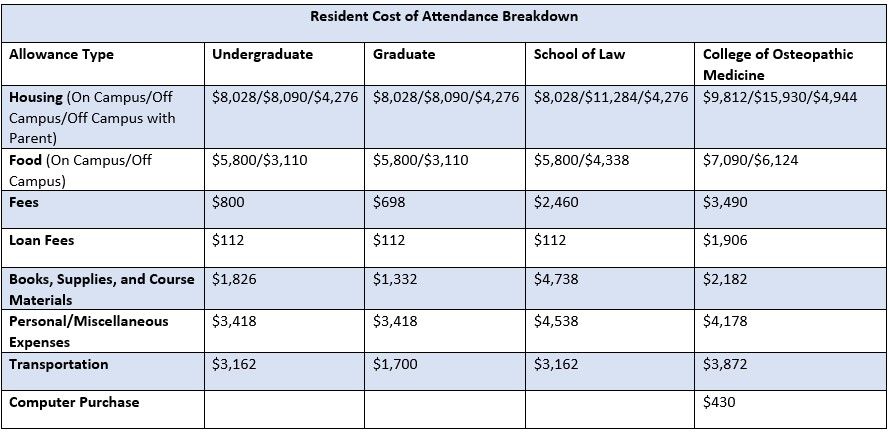Who Gives Student Loans? Understanding the Sources and Options Available for Students
#### Who Gives Student Loans?When it comes to financing higher education, many students find themselves asking, **"Who gives student loans?"** This question……
#### Who Gives Student Loans?
When it comes to financing higher education, many students find themselves asking, **"Who gives student loans?"** This question is crucial for anyone looking to fund their college experience, as understanding the various sources of student loans can significantly impact financial planning and repayment strategies. In this article, we will explore the different entities that provide student loans, the types of loans available, and what students should consider when seeking financial assistance for their education.
#### Types of Student Loans
There are primarily two types of student loans: federal and private loans.
##### Federal Student Loans
Federal student loans are funded by the government, making them a popular option for many students. These loans typically offer lower interest rates and more flexible repayment options compared to private loans. The U.S. Department of Education provides several types of federal loans, including:
- **Direct Subsidized Loans**: These loans are available to undergraduate students with financial need. The government pays the interest while the student is in school, during the grace period, and during deferment periods.

- **Direct Unsubsidized Loans**: These loans are available to both undergraduate and graduate students and do not require proof of financial need. Interest accrues while the student is in school, which can lead to higher overall repayment amounts.
- **Direct PLUS Loans**: These loans are available to graduate students and parents of dependent undergraduate students. They can help cover the cost of education not met by other financial aid, but they require a credit check.
##### Private Student Loans
Private student loans are offered by banks, credit unions, and other financial institutions. They can be a good option for students who need additional funding beyond federal loans, but they often come with higher interest rates and less favorable repayment terms. When considering private loans, students should shop around to compare rates and terms from different lenders.
#### Factors to Consider When Seeking Student Loans

When asking **"Who gives student loans?"**, it’s essential to consider several factors before making a decision:
1. **Interest Rates**: Federal loans typically have fixed interest rates, while private loans may have variable rates that can change over time. Understanding the implications of interest rates on total repayment amounts is crucial.
2. **Repayment Options**: Federal loans often provide more flexible repayment options, including income-driven repayment plans and loan forgiveness programs. Private loans may have stricter terms and fewer options for deferment or forbearance.
3. **Credit Requirements**: Private lenders usually require a credit check, which can be a barrier for some students. Federal loans do not require a credit history, making them more accessible.
4. **Loan Limits**: Both federal and private loans have limits on how much students can borrow each academic year. Understanding these limits can help students plan their finances better.

5. **Loan Forgiveness Programs**: Some federal loans are eligible for forgiveness after a certain period of qualifying payments, especially for those in public service jobs. This option is typically not available with private loans.
#### Conclusion
In summary, understanding **"who gives student loans"** is a fundamental step for students embarking on their higher education journey. By exploring federal and private loan options, considering key factors like interest rates and repayment plans, and making informed decisions, students can better navigate the complexities of student financing. It is advisable for students to exhaust all federal loan options before turning to private loans, as the benefits of federal loans often outweigh those of private alternatives. With the right knowledge and planning, students can secure the financing they need to achieve their educational goals.